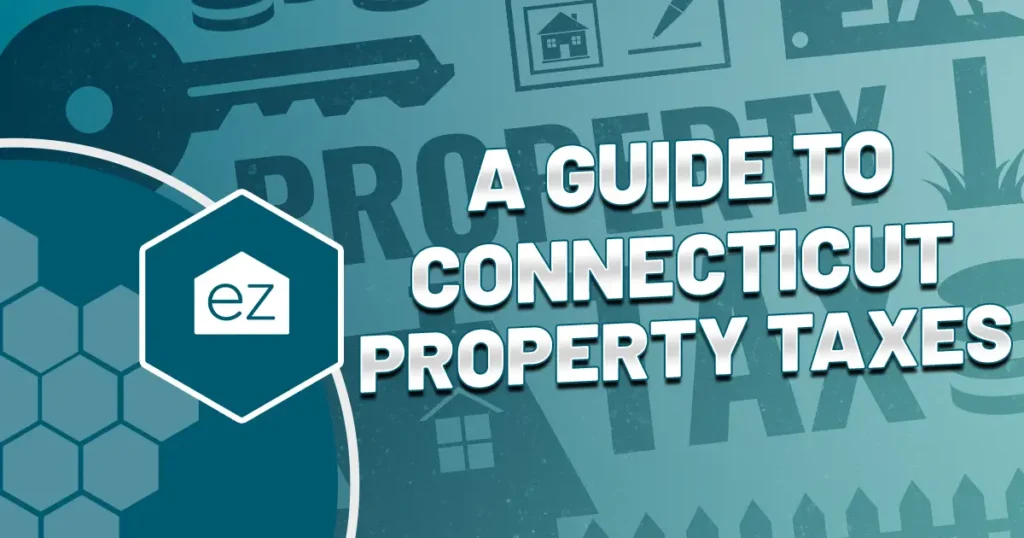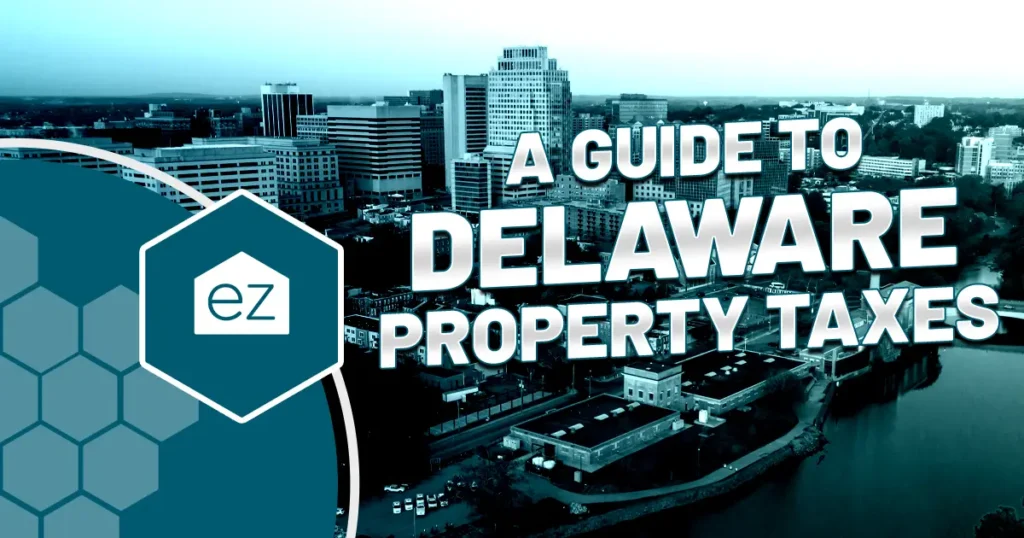What to Know About Pennsylvania Property Taxes
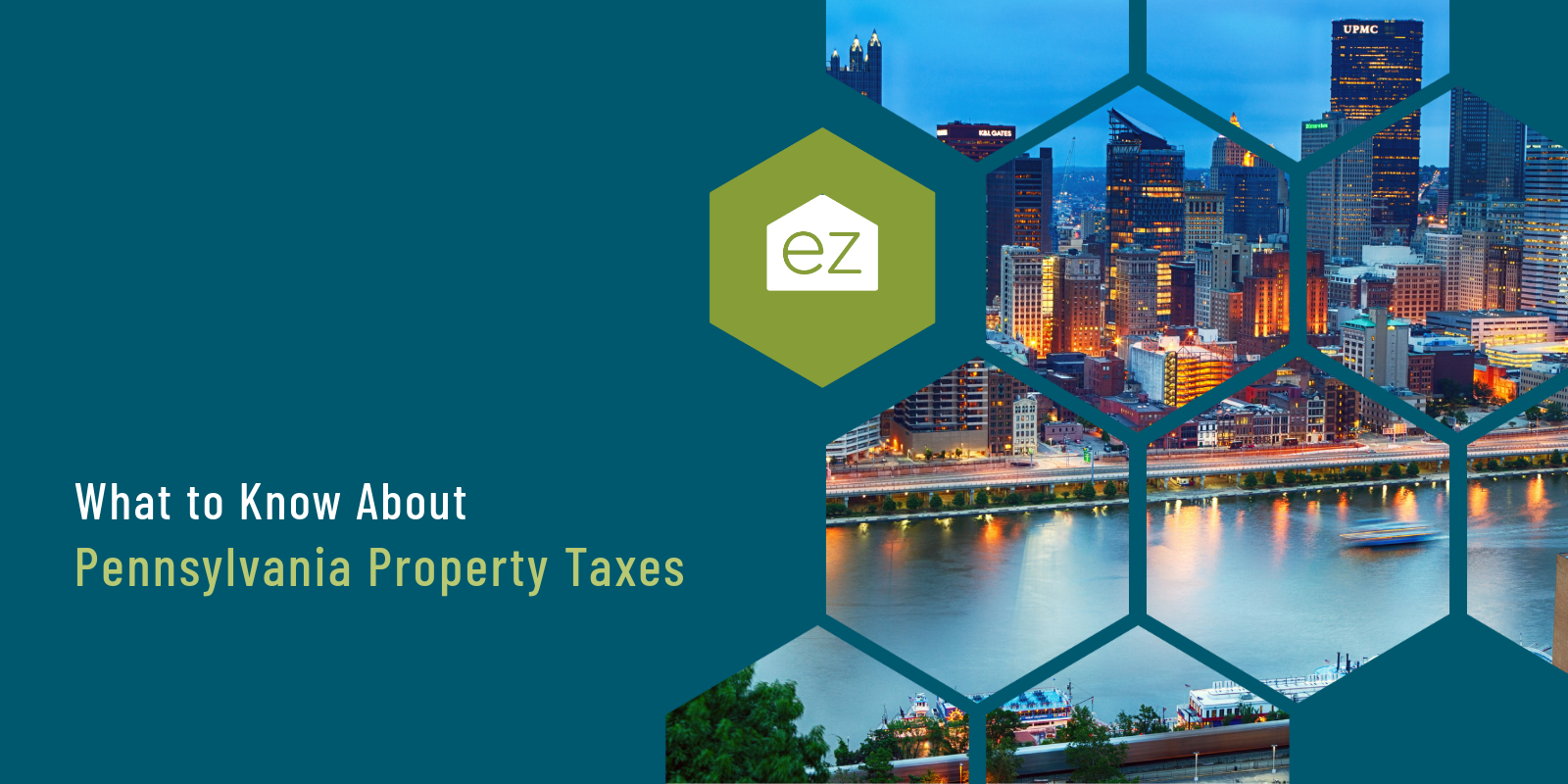
What You Need to Know About Pennsylvania Property Taxes
While living in Pennsylvania carries plenty of perks, low property taxes aren’t one of them. Property taxes are a significant expense for Pennsylvania homeowners, and in this particular state, they seem extra complicated. To help you out, we’ve gathered information about Pennsylvania property taxes, including what they are used for, how they’re calculated and assessed, and where you can find out more information.
About Pennsylvania Property Taxes
Pennsylvania property taxes fund public services like schools, police departments, roads, bridges, parks, and libraries. Anyone who owns real property in the state is required to pay property taxes.
The state itself does not charge a property tax levy, but it does administer the property tax rebate program. Otherwise, property taxes are levied and administered by the county and/or city government, plus other local taxing authorities, with the funds going to their budget.
How Pennsylvania Property Taxes Work

As we mentioned, Pennsylvania property tax rates are assessed by the counties, municipalities, and local taxing authorities like school districts. As such, the property tax levies will vary according to your address.
All PA property taxes are based on the assessed value of your home, which is determined by a county or municipality assessor. How much you’ll pay on the assessed fair market value also varies by county.
Pennsylvania has 67 counties, so taxing rates will vary quite a bit. In some, you’ll pay taxes at 100% of the current market value. You’ll pay a fraction of the home’s current market value in others. The counties also set their own re-assessment schedules. Some re-evaluate property values each year, while others are on a cycle. Unfortunately, we couldn’t find a list of each county’s reappraisal schedules.
When you decide to move to Pennsylvania, much of what you’ll need to know about property taxes depends on the specific county, town, or city you are interested in moving to. Once you know this, your PA county tax assessor will be the primary resource for understanding local property taxes and valuation. You’ll find their reappraisal schedule, percentage of taxable value, and millage rates.
The state also uses what is called “common level ratios,” or CLR. This represents the ratio of assessed value to current market value. It’s published by the state’s State Tax Equalization Board and uses sales data. Current year values are published on the PA DOR website. You can use these CLRs in tax appeals.
Where to Find Pennsylvania Millage Rates

The rate you pay for Pennsylvania property taxes is also known as the millage rate. Multiplying the assessed value of your home by the local millage rate is how the county calculates its owed property tax.
One consistent aspect in Pennsylvania is that one mil represents $1 for every $1,000 of assessed value.
Millage rates vary from one Pennsylvania county or municipality to another. You can find your specific Pennsylvania property millage rate by looking up the county or city local assessor’s office.
Since the assessed taxable value and millage rates vary between counties, it’s hard to compare the tax burden. Just looking at the Pennsylvania counties with the highest median annual property taxes, York County, Lancaster County, and Allegheny County topped the list. The lowest average taxes were paid in Blair, Northumberland, and Somerset Counties.
But, if you look at the effective property tax rate, which reflects the percentage of the home’s actual value paid in property tax, you’ll find Monroe, Delaware, and Berks Counties at the top of the list. Bedford, Sullivan, and Huntingdon Counties were at the bottom.
When to Pay Your Pennsylvania Property Taxes
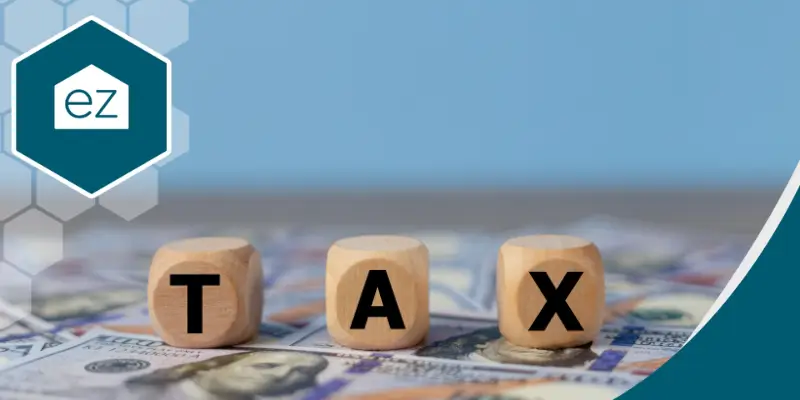
The PA Department of Revenue or the local county mails real estate tax bills in December.
Pennsylvania property taxes are typically due by March 31. You can get a 1% discount if you pay the bill on or before the last day of February.
Otherwise, payments are made to the county tax collector. Many counties have options to pay online or through the mail. Again, check with the specific county the property is in. Some counties collect the taxes for the local school districts and municipalities, but that isn’t always the case. Larger cities may opt to manage their taxes separately from the county.
After March 31, the local taxing jurisdictions can begin to apply late penalties and interest. Tax liens can be filed against the property. If the debt remains unpaid after a set period of months or years, it’s likely the home will be sold by the county or city at a tax sale, also called in PA a “Sheriff Sale” or an “Upset Sale.” Again, the counties and cities set their own specific penalties and tax lien processes.
Pennsylvania Tax Exemptions
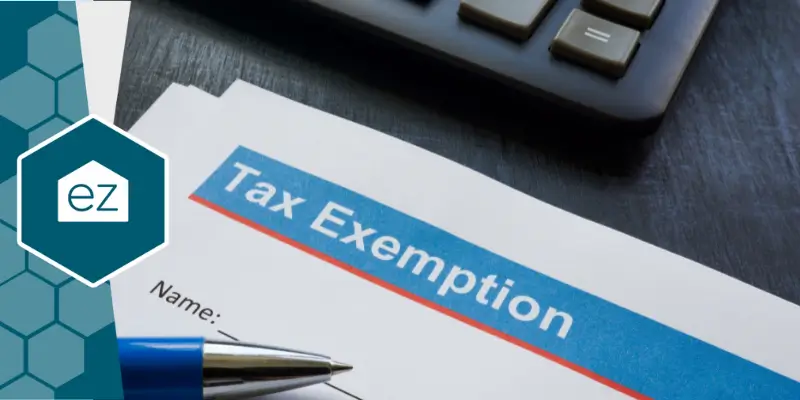
In Pennsylvania, certain types of homeowners may qualify for exemptions that could lower their Pennsylvania property taxes. These exemptions include the homestead/farmstead exemption and Pennsylvania’s Property Tax/Rent Rebate Program.
The rebate program is for Pennsylvania residents who are 65 years or older, widows and widowers 50 years or older, and people with disabilities 18 years of age or older.
Homeowners whose incomes are less than $35,000 per year and renters whose earnings don’t exceed $15,000 annually may be eligible for the rebate. Plus, any Social Security income received won’t count towards these limits. Spouses of claimants who met all eligibility conditions during at least one day in the claim year can also submit a request on their behalf.
Homeowners can qualify to receive up to $975 in rebates, with the standard refund being set at $650 and supplemental rebates available for those who meet specific criteria.
The Homestead/Farmstead Exclusion also came into effect in 2006. Its intent was to reduce school district reliance on property taxes, thereby giving some relief to homeowners with high property tax bills. The school district sets the exclusion amount, and it applies only to properties in that jurisdiction. It also only counts for up to half the median assessed values of all properties in the taxing jurisdiction. So, if the median property values were $300,000, then the exclusion only applies to no more than $150,000.
This exclusion is only for primary residences. Under the farmstead exclusion, it includes the farm buildings as long as one owner lives on the farm, but not the land.
Additional real estate tax exemptions exist for disabled veterans and surviving spouses. Again, there are specific criteria, such as annual income limits, residency, and honorable discharge conditions.
Applications for exemptions are to be filed with the county tax assessor.
Appealing your taxes

While you can’t change your millage rate, you can protest your assessed value if you feel it is out of line with your home’s current value. For this, you’ll need to use the most recent published Common Level Ratio and show that the assessed value is above the CLR. The homeowner must show proof through sales of comparable properties, pictures of the home in question and its current state, and any other factors that may influence the home’s current market value.
Appeals start with the county, so refer to their website or revenue department to see their specific process.
Pennsylvania Compared to Other States
The Pennsylvania personal income tax rate is 3.07%, which is low. Still, Pennsylvania makes up for it with one of the highest property tax burdens in the country. According to the Tax Foundation, it ranks 11th among all states for its property tax burden.
Overall, Pennsylvania has a property tax rate that exceeds the national average. While it isn’t as high as its neighbors, New Jersey and New York, Pennsylvania still has a significant property tax burden. Pennsylvania’s average effective property tax rate is 1.58%, compared to the national average of 1.08% in 2022. Homeowners paid a median of $3,442 in property taxes in 2022.
Your Pennsylvania Property Taxes
Hopefully, this overview provides you with a better understanding of Pennsylvania property taxes and how they work. For more detailed information on Pennsylvania’s property tax laws and regulations, visit the Pennsylvania Department of Revenue website or contact your local assessor’s office for help.
The information here is intended to educate but should not be taken as tax advice. We recommend consulting with a certified tax professional for any tax advice.
Start Your Home Search
Preston Guyton
Share this Post
Related Articles
City Guide
Your EZ Guide to Moving to Arkansas
City Guide
A Guide to Connecticut Property Taxes
City Guide
What to Know About Living in Atlantic City
City Guide

